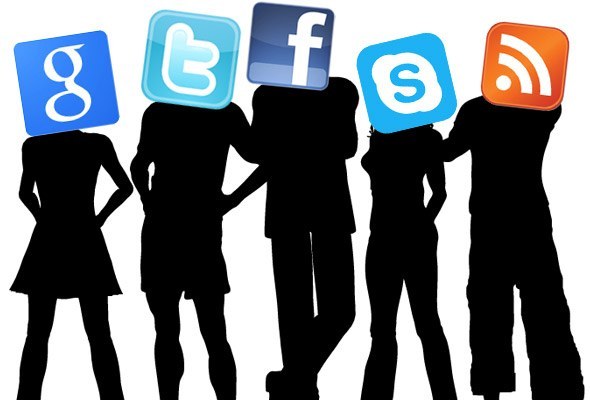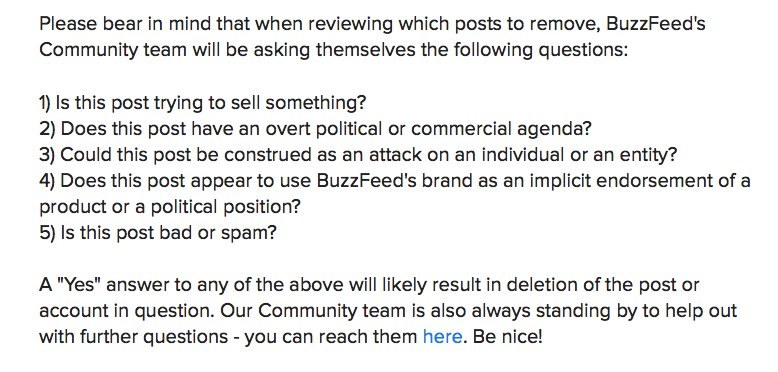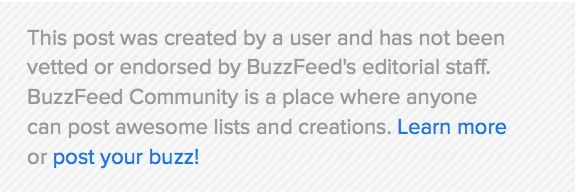What kind of news are you being exposed to?
Most Viral Stories of 2014

It's Nothing New.

It's a Viral World
And What Does the Science Say?
Happy emotions outperform sad ones.
Anger inducing stories are likely to generate views as well.
What's decreasing?
The amount of effort we're willing to take to achieve those emotions.
We're even choosing to consolidate emotions.

It May Be Shrinking Our Interests Too
1. Millennials

2. Diets

3. Happiness

4. Coffee

5. And Beautiful Photos...

Well, You're Writing This on BuzzFeed...

But What Kind of Content Does BuzzFeed Want From Its Community?


The Community's Top Posts Don't Exactly Push the Envelope...

Sure, BuzzFeed never explicitly states that it doesn't want more a more traditional journalistic piece, it doesn't seem to be the most welcoming place for longform writing, but rather for what goes viral.
BuzzFeed, and sites like it, have a clear mission--To capture human attention at its most base.
So, What is There to Make From All This?
Not only are we in an age in which our screens are portable and provide us with more information than ever, but often the same people are those typing into those screens "how social media and smart phone culture is destroying the way we interact with one another." But, maybe the issue isn't the smart phone in our hands, or even the three Facebook tabs we have open, but the content created for those mediums.
The "listicle" is the new normal--need I remind you of '30 Signs You're Almost 30," or '24 Photos You Really Need to Look at to Understand,' or '50 Things That Look Just Like Your Childhood.' It doesn't take much to look at those examples to see these are not designed to produce critical thought, or even thought the second after exiting the page. It's meant for instant amusement, asking its readers to do no more than view a photo or reaction gif, decide whether or not it's relatable, and continue scrolling. Sometimes the human brain needs a break with something mindless, yes, but in the 'Curated for you based on Friends, Likes, and Interests,' the world that's being presented to you is slowly becoming less about the bigger world out there and more about what you may already like/think/believe and be willing to share with others.
Often we use our Facebook, Twitter, Instagram, what-have-you accounts to express ourselves as individuals, and I frequently see these lists come into play as a form of expression. We're allowing ourselves to bend and fold to give into this new kind of sharing--knowing that others may not read that 15-page New Yorker article that we identify with so much, but they'll surely read about which Disney Princess gifs that literally define your life. We don't even ask for opinions other than OMG, LOL, WTF, CUTE, or FAIL. More traditional news providers see this trend as well, and to compete they've had to adopt the same tactics in order to keep up with BuzzFeed in page views. Sites such as CNN, TIME, and Huffington Post are exchanging the promotion of hard journalism for the currency of clicks.
The issue is not the simplicity of it all--it's what we're doing with it.
We have access to more information in our pockets than past presidents ever had, and while sometimes yes it's nice to use that to look at 46 Grandmothers Who Can Dunk a Basketball, but only if we remember everything else that's out there.
